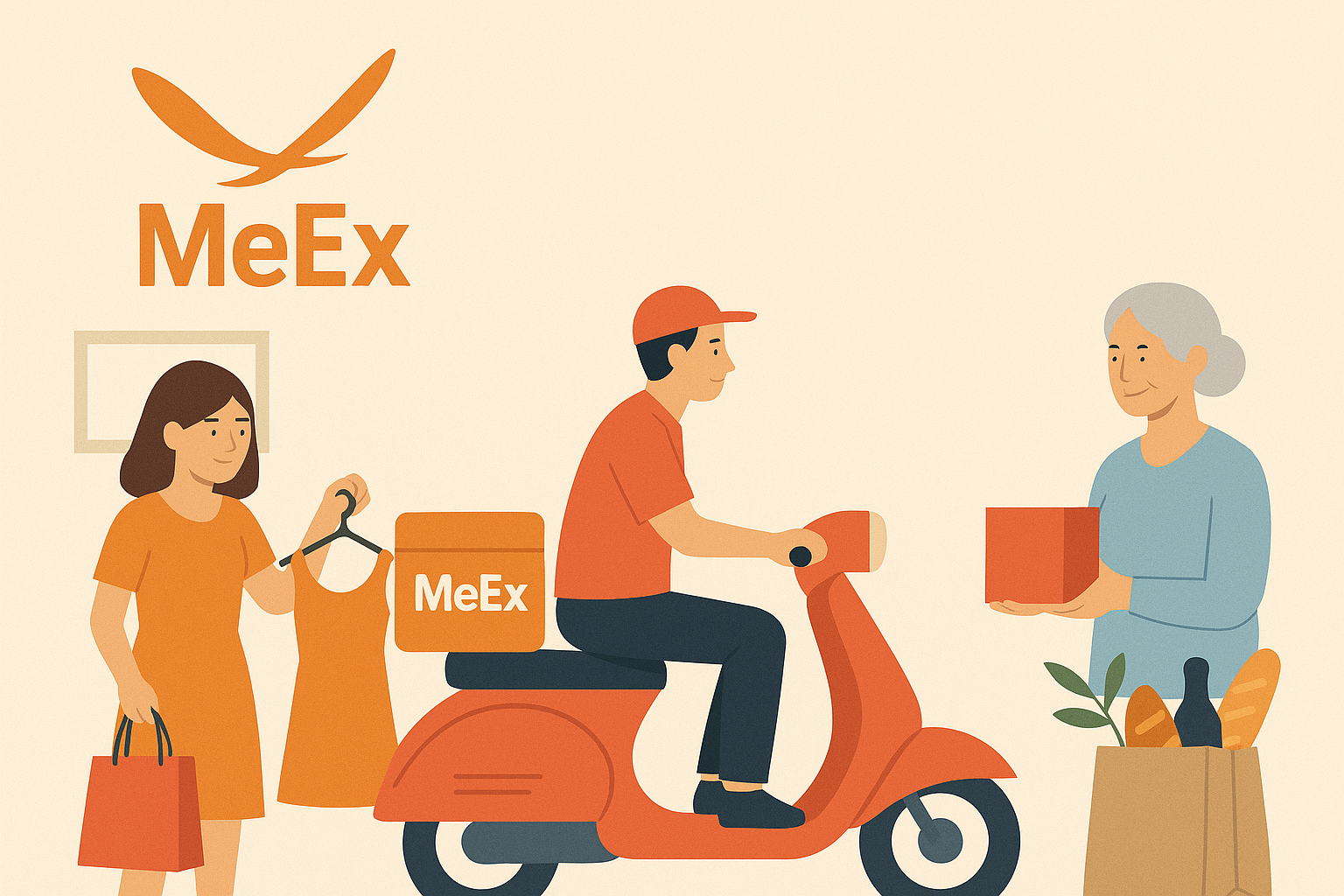1. Urban Traffic & Congestion
Despite its relatively small size, Limassol suffers from urban traffic, especially during rush hours or peak tourist seasons. Delivery vehicles often face:
Narrow streets in older neighborhoods
Parking restrictions
Delays due to construction or local events
2. Limited Delivery Windows
Customers in Limassol are increasingly expecting same-day or even one-hour delivery. Meeting these demands requires precise coordination and real-time optimization — something many courier systems still struggle to handle.
3. Inefficient Route Planning
Many courier services rely on outdated tools or manual planning. Without proper route optimization software, drivers waste fuel, time, and energy covering unnecessary distances.
4. Lack of Delivery Infrastructure
Unlike larger cities, Limassol lacks widespread automated lockers or micro-fulfillment hubs. This means that most deliveries are handled manually, putting pressure on both time and labor.
5. Customer Availability Issues
Many deliveries fail on the first attempt because customers are not home or unavailable, especially for B2C deliveries. This leads to:
Failed delivery costs
Additional trips
Frustrated customers
6. Rising Operational Costs
Fuel prices, vehicle maintenance, courier wages — they’re all going up. For local delivery businesses, balancing cost and speed becomes a daily struggle.






